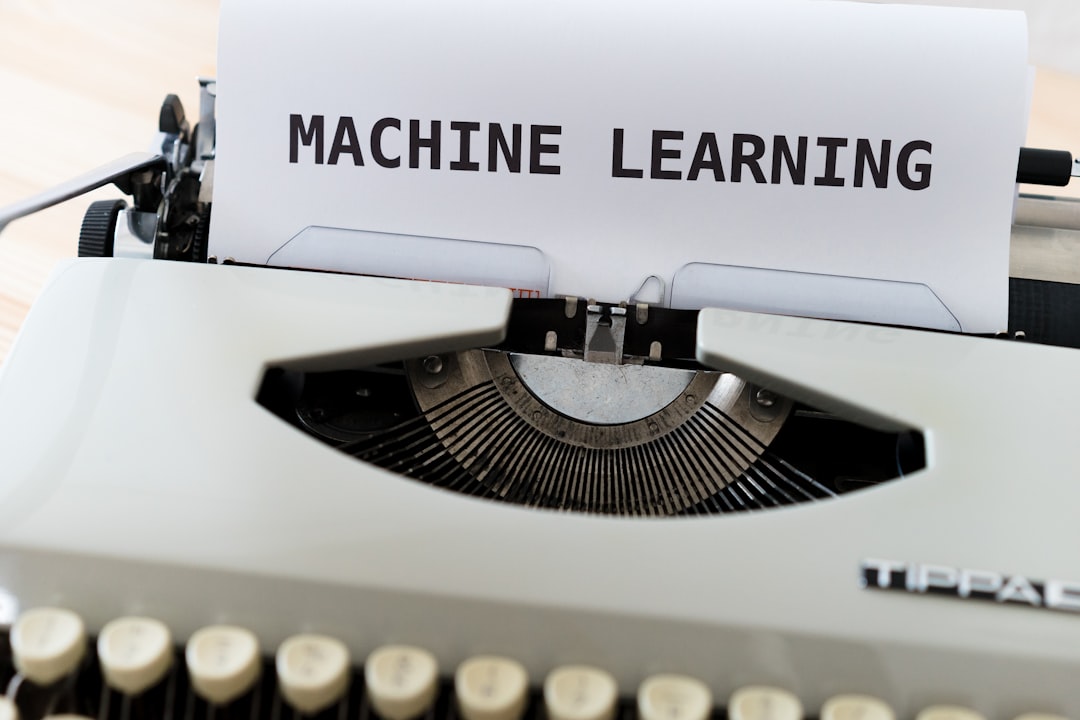
Deep Learning Models Achieve State-of-the-Art Results on Streaming Benchmarks
The rise of deep learning has transformed many sectors, particularly in the realm of streaming data. As we delve into the world of deep learning models, it becomes evident that they are achieving state-of-the-art results on various streaming benchmarks. This article explores the advancements, implications, and practical applications of these models, emphasizing their importance in today’s fast-paced technological landscape.
Understanding Streaming Data
Streaming data refers to real-time data that is continuously generated from various sources, such as IoT devices, social media platforms, and online transactions. Unlike static datasets, streaming data is dynamic and requires continuous processing. This presents unique challenges for data scientists and engineers who need to develop models that can adapt to these changes in real time.
The Role of Deep Learning Models
Deep learning models, particularly those based on architectures like Convolutional Neural Networks (CNNs) and Recurrent Neural Networks (RNNs), have shown remarkable performance in processing streaming data. These models can automatically extract features from raw data, allowing them to recognize patterns and make predictions without extensive manual preprocessing.
Achievements in State-of-the-Art Results
Recent breakthroughs in deep learning have led to significant improvements in accuracy and efficiency on streaming benchmarks. For instance, models that leverage attention mechanisms, such as Transformers, have outperformed traditional methods in tasks like natural language processing and time-series forecasting.
Example Case Study: Real-Time Video Analysis
One notable application of deep learning in streaming data is real-time video analysis. Companies like Google and Facebook use advanced deep learning models to analyze video streams for content moderation, object detection, and scene understanding. These models can process thousands of video feeds simultaneously, ensuring that users receive a seamless experience without delays.
Innovation in Algorithms
The development of new algorithms has been pivotal in achieving state-of-the-art results. Techniques such as transfer learning and reinforcement learning allow models to adapt quickly to new data without requiring extensive retraining. This is especially beneficial in environments where data is constantly evolving.
For example, consider a scenario in which a streaming service adjusts its recommendations based on user behavior in real time. By employing deep learning models that can learn from streaming data, the service can provide personalized recommendations that enhance user engagement.
Trends Shaping the Future of Deep Learning in Streaming
As technology continues to evolve, several trends are emerging that will further influence deep learning models’ effectiveness on streaming benchmarks:
-
Edge Computing: With the growth of IoT devices, edge computing allows data processing closer to the source. This reduces latency and improves response times, making deep learning models more efficient in real-time applications.
-
Federated Learning: This innovative approach enables models to learn from decentralized data sources without transferring sensitive information. It promotes privacy and data security, especially in industries like healthcare and finance.
-
Explainable AI: As deep learning models become more complex, the need for transparency grows. Developing explainable models will help users understand how decisions are made, fostering trust in automated systems.
Practical Applications
Deep learning models are not just theoretical constructs; they have practical applications across various domains:
-
Healthcare: Real-time monitoring systems utilize deep learning to analyze patient data and predict potential health issues before they escalate.
-
Finance: Streaming data from trading platforms is analyzed to detect fraudulent transactions and optimize trading strategies.
-
E-commerce: Personalized marketing strategies rely on deep learning models to analyze customer interactions and tailor recommendations accordingly.
Conclusion
Deep learning models are reshaping the landscape of streaming data processing, achieving state-of-the-art results that were once thought to be unattainable. Their ability to learn from real-time data makes them invaluable across numerous industries. As we continue to innovate and refine these models, we can expect even greater advancements in the realm of streaming benchmarks.
For those looking to dive deeper into the subject, consider exploring resources such as the Deep Learning Specialization on Coursera or the TensorFlow documentation. These tools can enhance your understanding and application of deep learning in streaming data contexts.
By staying informed and engaged with these developments, you can be at the forefront of this technological evolution. Share your thoughts, or try out some of these tools to experience the power of deep learning firsthand!


